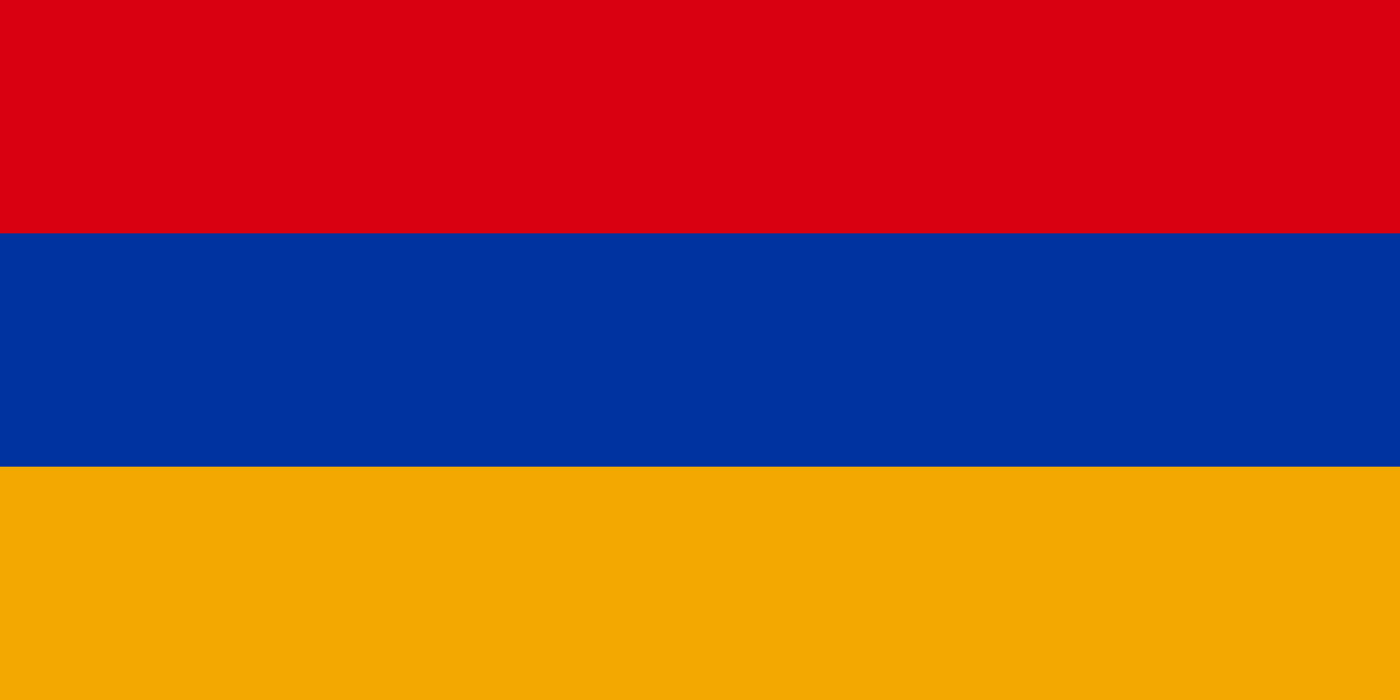
Expression
Armenian media under pressure during the pandemic and war in Nagorno Karabakh
In 2020 the cases of physical violence against journalists increased in Armenia. The Chairman of the Committee to Protect Freedom of Expression, Ashot Melikyan, reported about this situation during a press conference on January 26, 2021. Moreover, Ashot Melikyan also presented the situation with freedom of speech and media freedom in Armenia. According to the Voice of Armenia, Ashot Melikyan said that 2020 was the most intense and full of tests for the entire time of monitoring of media freedom, adding that this was due to the state of emergency imposed in connection with the coronavirus in Spring, 2020. Also, a great influence over the media freedom and freedom of expression was played by the war in Nagorno Karabakh, unleashed on September 27, 2020. The war created difficulties for those journalists who were doing their work duties.
From the point of view of the safety of our journalists, we call on @OSCE to condemn #Armenia's attack on #Azerbaijan|i journalists during the recent operations in #NagornoKarabakh region of #Azerbaijan.
— Gunay Valizadeh (@GunayValizadeh) October 16, 2020
Doesn’t that bother you?
_#KarabakhisAzerbaijan#StopAttackingCivilians https://t.co/cQ2aWIF9cT
The monitoring team of the Committee to Protect Freedom of Expression argues that the restrictions imposed by the government on media activities under the state of emergency (COVID-19) and martial law (Nagorno Karabakh war) were disproportionate. According to the same source, Ashot Melikyan noted that during the state of emergency the police simply sent notices and demanded the removal of the publications. Following the events in Nagorno Karabakh, September 2020, during the martial law, many publications received fines and penalties (between 700 thousand drams, and 1.5 million drams) along with the obligation to delete the content on their web pages (the police sent 32 notifications about the removal of publications, according to Ashot Melikyan). Also, during last year, the media experts monitored 6 cases of physical violence against journalists: 4 cases were registered during opposition protests, 2 more were related to the targeting of journalists by the Azerbaijan part during the war.
Demonstrators attack @RFERL office in #Armenia, assault 2 journalists - Committee to Protect Journalists https://t.co/Z8D0UCApJp
— Brenda Shaffer (@ProfBShaffer) November 12, 2020
The pressure exerted against journalists was present among the monitored processes (177 cases of pressure on journalists), as well as the obstruction of the right to receive and disseminate public information. During 2020, 72 new court cases against journalists and media were registered. Most of the cases concern insult and slander, there are also cases of violation of the right to receive and disseminate information. It is important to mentioned here that some of these cases of pressure against media organisations, or some of the political initiatives that aimed to limit the activities of the media experts, were monitored and included in the Quarterly report of CPFE on Situation with Freedom of Expression and Violations of Rights of Journalists and Media in Armenia (the report can be downloaded here: July-September, 2020).
Peaceful Assembly
Protests against the peace agreement became anti-government
On November 9, 2020 a peace agreement was signed between Armenia and Azerbaijan in order to end the war in Nagorno Karabakh. The document was signed by Ilham Aliyev, Nikol Pashinyan and was countersigned by the president of the Russian Federation, Vladimir Putin, which mediated the peace negotiation process. Under the agreement, Nagorno Karabakh, a long-disputed region between Armenia and Azerbaijan, falls back under Azerbaijani legal jurisdiction.
Shortly after the peace agreement was signed, protests broke out in Yerevan, resulting in violence and the destruction of several government buildings. People were dissatisfied with the territorial concessions made by Armenian authorities. Several public institutions were stormed, where furniture and other goods were destroyed. According to Radio Free Europe, thousands of protesters marched in Yerevan against the peace deal, asking for the resignation of Nikol Pashinyan. If a large number of ordinary citizens took part in the first part of the protests, they were later joined by representatives of the opposition. Protesters demanded the resignation of Nikol Pashinyan and the withdrawal of the peace agreement. The protests lasted for weeks, provoking a political crisis in Yerevan.
Association
The annual report “Assessing the civil society environment in the eastern partner countries. Armenia Country Update 2020” was released
The European Center for Not-for-Profit Law in partnership with Transparency International Anticorruption Center (TIAC) drafted the report “Assessing the civil society environment in the eastern partner countries. Armenia Country Update 2020”. The study is conducted annually and presents the legal and de facto situation in which Armenian civil society operates. According to the 2020 report, civil society in this country has developed under the influence of the pandemic situation. This means that many of the challenges have been generated by the ever-changing legislation, imposed restrictions and other restrictive measures. Also, the limitation of freedoms, including here, freedom of expression, freedom of movement and assembly, were analysed by the authors.
The report mentions certain moments that referred directly to changes in the governing legislation of the activity of non-governmental organizations. In this regard, the authors mentioned the introduction of mandatory annual reporting for public organizations. Overall, the report's authors note a slight deterioration in the situation of CSOs, due to the imposition of restrictions associated with the pandemic, but also an increase in the number of active NGOs. More details and measured indicators can be found in the study.